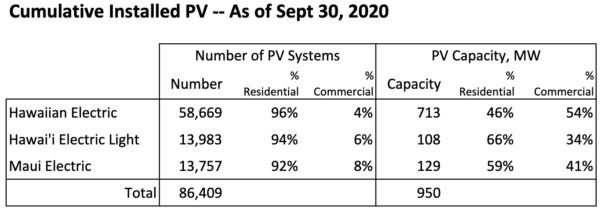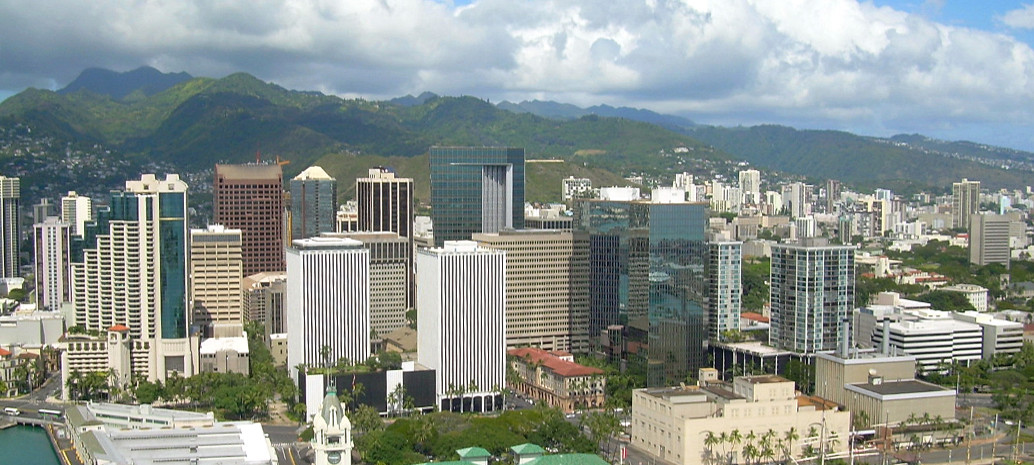The Honolulu City Council just passed Bill 58, an ordinance that aims to automate and expedite the solar and storage permitting process within the city. It could set an example of how to improve PV permitting issues in other parts of the U.S.
Although Hawaii gets a U.S.-leading 14.27% of its electricity from solar — permitting issues and soft costs are still a constraint to residential solar, especially in low and middle-income housing. The Solar Energy Industries Association (SEIA) finds that direct and indirect costs add about $7,000 ($1.00 per watt) to the cost of an average residential solar energy system — with permitting and inspection making up a large part of those soft costs.
Sunrun’s director of public policy, Robert Harris, told pv magazine that Honolulu has a long history with a “terrible permitting regime.”
He explained that while single family homes do have an expedited online permit process, town homes and condos were treated as commercial property with a higher level of review and a permitting process which took “two-and-a-half years on average.” Low- and moderate-income residents are being inordinately hit by this “difficult and cumbersome” permit process.
The new ordinance establishes an online permitting process for all clean energy projects with permits acted upon within 14 days, and opens up low- to moderate-income access to clean energy projects by removing barriers that prevented construction on multifamily buildings.
NREL’s efforts
The Department of Energy’s National Renewable Energy Laboratory (NREL) supplies the SolarAPP+ (Solar Automated Permit Processing Plus) software to jurisdictions, free-of-charge. The software aims to standardize the instant permitting process across the U.S. and to synchronize best practices in jurisdictions that are pioneering permitting on residential solar. According to NREL, “Local governments can relieve overburdened permitting departments, support local solar job creation, attract businesses to their communities, and increase fee revenue,” while saving homeowners money on solar roofs.
According to SEIA, the software seeks “a fundamental reshaping of solar permitting at the federal, state, and local levels.”
Sunrun’s Harris said that Hawaii’s move to online permitting reduces red tape, can cut costs and speed connection. But it also has the potential to grow the Hawaii solar industry when the state needs the revenue and “can stimulate the economy with zero funds.”
Harris said it was the “rare circumstance where everyone — unions, building industry, we had almost universal support” agreed that this ordinance is necessary.

This content is protected by copyright and may not be reused. If you want to cooperate with us and would like to reuse some of our content, please contact: editors@pv-magazine.com.








By submitting this form you agree to pv magazine using your data for the purposes of publishing your comment.
Your personal data will only be disclosed or otherwise transmitted to third parties for the purposes of spam filtering or if this is necessary for technical maintenance of the website. Any other transfer to third parties will not take place unless this is justified on the basis of applicable data protection regulations or if pv magazine is legally obliged to do so.
You may revoke this consent at any time with effect for the future, in which case your personal data will be deleted immediately. Otherwise, your data will be deleted if pv magazine has processed your request or the purpose of data storage is fulfilled.
Further information on data privacy can be found in our Data Protection Policy.